| INFO |
Source – http://www.un.org/en/peacekeeping/sites/medals/unosom.htm
UNOSOM was established on 24 April 1992 by Security Council Resolution 751. In accordance with the agreements reached with the two main Somali factions in Mogadishu, the cease-fire in the capital was to be monitored by a group of 50 unarmed, uniformed United Nations military observers. The observers were to be deployed along the demarcation line separating Mogadishu into two zones. As regards humanitarian assistance, the security personnel envisaged in the agreements were to provide protection and security for United Nations personnel, equipment and supplies at the port of Mogadishu and escort deliveries of humanitarian supplies from there to distribution centres in the city and its immediate environs. They were also to provide security for United Nations personnel, equipment and supplies at the airport in Mogadishu. They were to provide the United Nations’ convoys of relief supplies with a sufficiently strong military escort to deter attack; they were authorized to fire in self-defence as a last resort if deterrence should not prove effective. On 28 August, the Security Council, by its resolution 775 authorized an increase in strength of UNOSOM by four additional UN security units, for the protection of the humanitarian convoys and distribution centres throughout Somalia. Several of the Somali de facto authorities refused to agree to the deployment of United Nations troops and only one battalion and military observers were deployed to Mogadishu. Relief shipswere blocked from docking and even shelled. Air and seaports came under fire resulting in the non-delivery of relief supplies to areas where the need was most acute. On 3 December 1992, the Security Council authorized the use of all necessary means to establish, as soon as possible, a secure environment for humanitarian and relief operations in Somalia.The first elements of the Unified Task Force, spearheaded by the United States of America, were deployed in Mogadishu on 9 December 1992. Once their task was accomplished, the military command was handed over to the United Nations. Meanwhile, UNOSOM remained fully responsible for the political aspects and for humanitarian assistance to Somalia. In February 1994, after several violent incidents and attacks on United Nations soldiers, the Security Council revised UNOSOM II's mandate to exclude the use of coercive methods. UNOSOM II was withdrawn in early March 1995.
The background of the ribbon is sand or buff coloured symbolizing the dessert, with a wide center band of UN blue flanked by narrow stripes of dark green symbolizing hope. Qualifying time for the medal is 90 days of service in the Mission.
The countries of Australia, Austria, Bangladesh, Belgium, Botswana, Canada, Czechoslovakia, Egypt, Fiji, Finland, France, Germany, Greece, India, Indonesia, Ireland, Italy, Kuwait, Jordan, Malaysia, Morocco, Nepal, New Zealand, Nigeria, Norway, Pakistan, the Republic of Korea, Romania, Saudi Arabia, Sweden, Tunisia, Turkey, the United Arab Emirates, the United Kingdom of Great Britain and Northern Ireland, the United States of America and Zimbabwe provide observers or troops to this Mission.
|


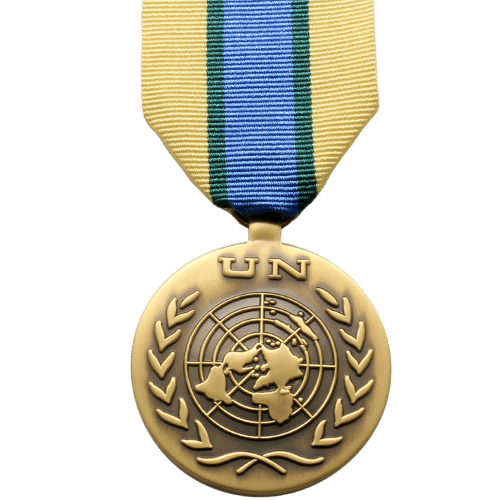
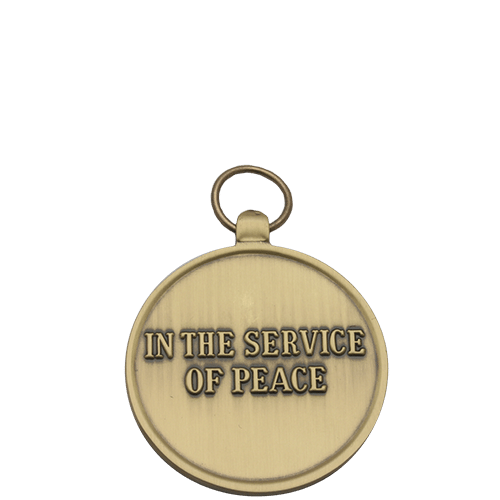
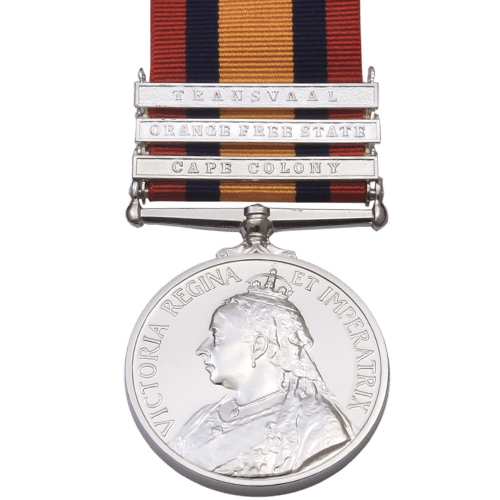
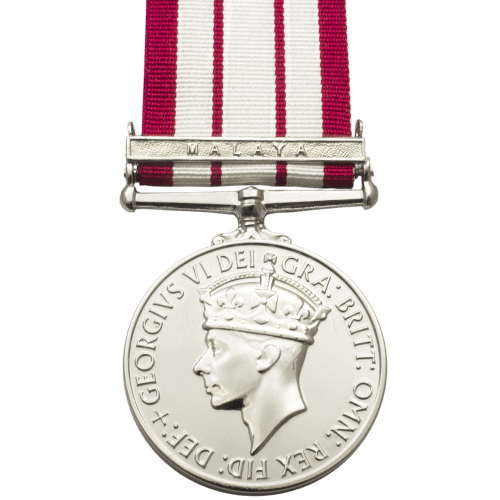
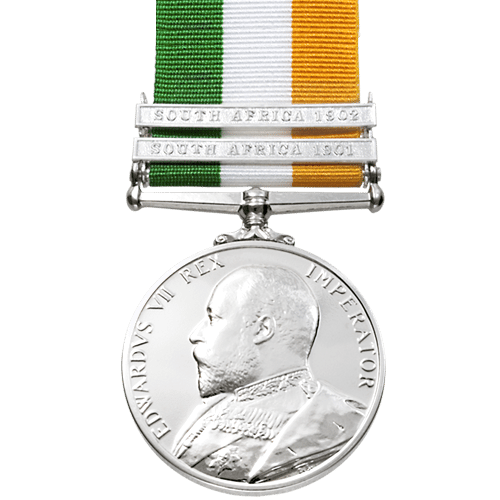
 Medal mounting swing style is the more traditional method of mounting medals. Swing Style or ordinary style mounted medals are mounted on a medal brooch bar which can then be pinned to your tunic directly, through becketts or attached to a pocket holder. This style of medal mounting allows the medals to move or ‘swing’ when worn. Over time, the edge of the medals can become damaged due to the medals “clinking” together.
Medal mounting swing style is the more traditional method of mounting medals. Swing Style or ordinary style mounted medals are mounted on a medal brooch bar which can then be pinned to your tunic directly, through becketts or attached to a pocket holder. This style of medal mounting allows the medals to move or ‘swing’ when worn. Over time, the edge of the medals can become damaged due to the medals “clinking” together.
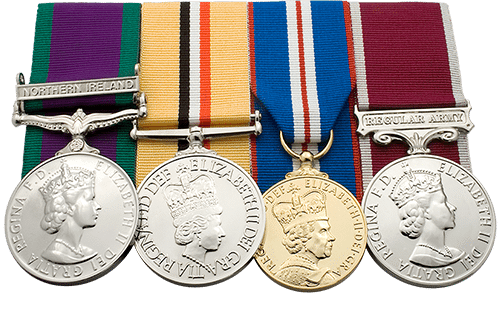 Medal mounting court style is alleged to have began during the reign of Queen Victoria. Those attending the Queen would wear medals court mounted to stop them “clinking”. Other sources suggest that the Cavalry first adopted the practice. Either way, this style of medal mounting is becoming more popular. Court mounted medals are fixed to a rigid backing material called buckram. The buckram is then covered in a felt material before the medals are mounted on their own ribbon length. This style of medal mounting holds the medals firmly in place and prevents them ‘clinking’ together and damaging each other when worn.
Medal mounting court style is alleged to have began during the reign of Queen Victoria. Those attending the Queen would wear medals court mounted to stop them “clinking”. Other sources suggest that the Cavalry first adopted the practice. Either way, this style of medal mounting is becoming more popular. Court mounted medals are fixed to a rigid backing material called buckram. The buckram is then covered in a felt material before the medals are mounted on their own ribbon length. This style of medal mounting holds the medals firmly in place and prevents them ‘clinking’ together and damaging each other when worn.
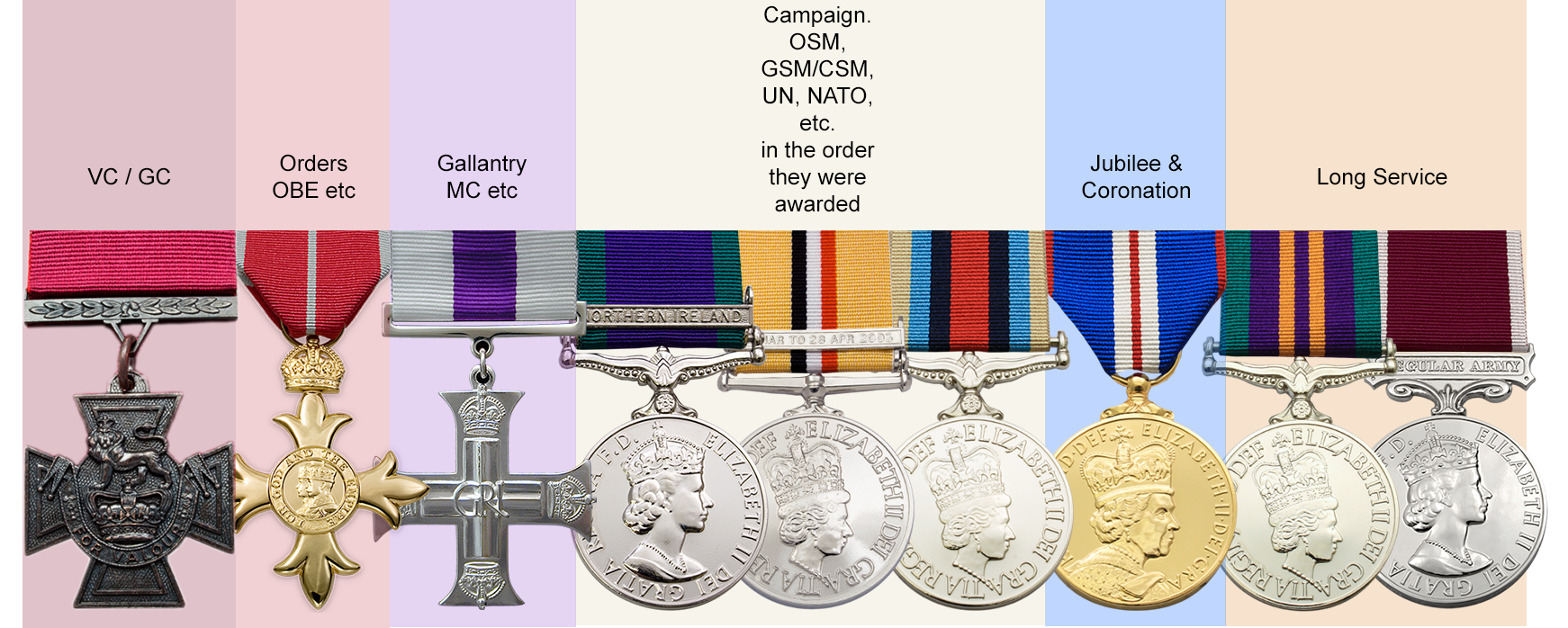
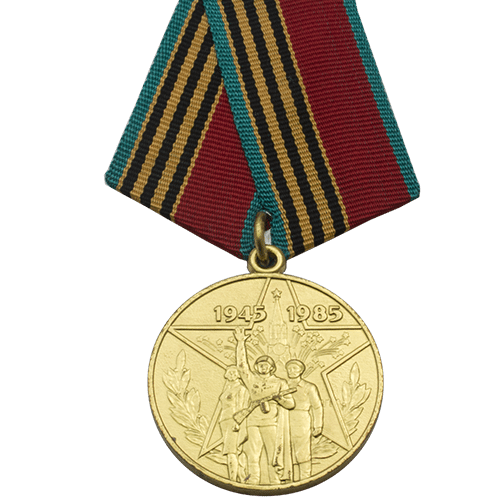
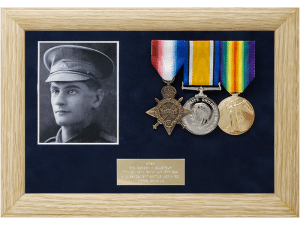 Medals are mounted ready for wear and then placed on a block within the frame. This allows for the easy removal and replacement of the medals as required, meaning they can be removed for wear on parade or for cleaning.
Medals are mounted ready for wear and then placed on a block within the frame. This allows for the easy removal and replacement of the medals as required, meaning they can be removed for wear on parade or for cleaning.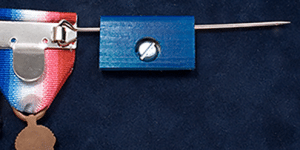 The medals will hang from the block at a slight angle much as they would if they were being worn on the chest.
The medals will hang from the block at a slight angle much as they would if they were being worn on the chest.
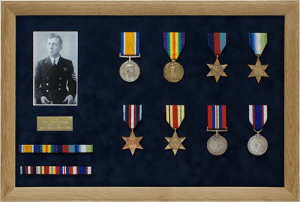 Medals are not mounted ready for wear and instead are placed flat against the frame backing with the medal ribbon secured through a slot. This means that the medals cannot be removed from the frame and cannot be worn.
Medals are not mounted ready for wear and instead are placed flat against the frame backing with the medal ribbon secured through a slot. This means that the medals cannot be removed from the frame and cannot be worn.

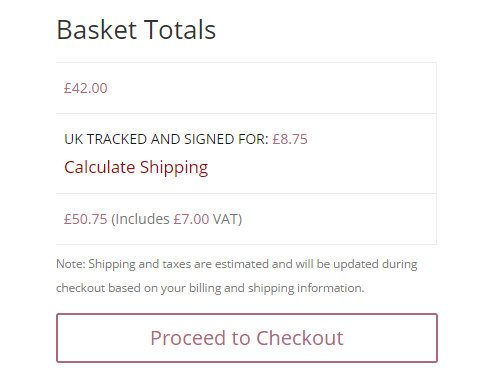
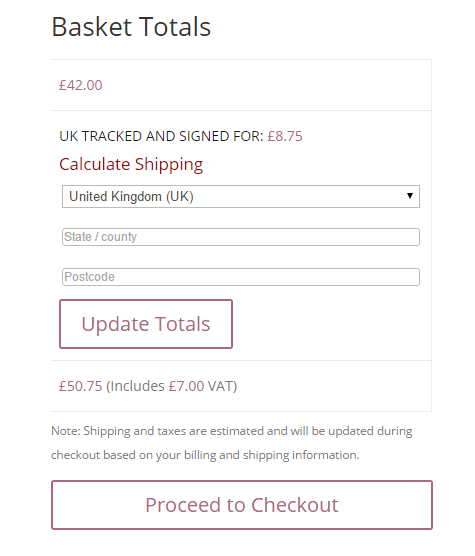
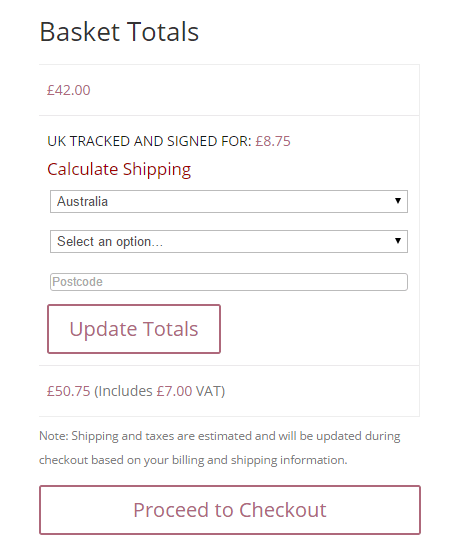
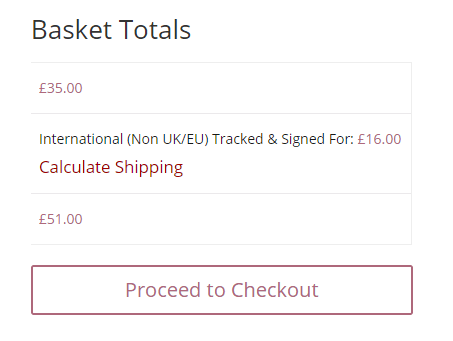
Reviews
There are no reviews yet.